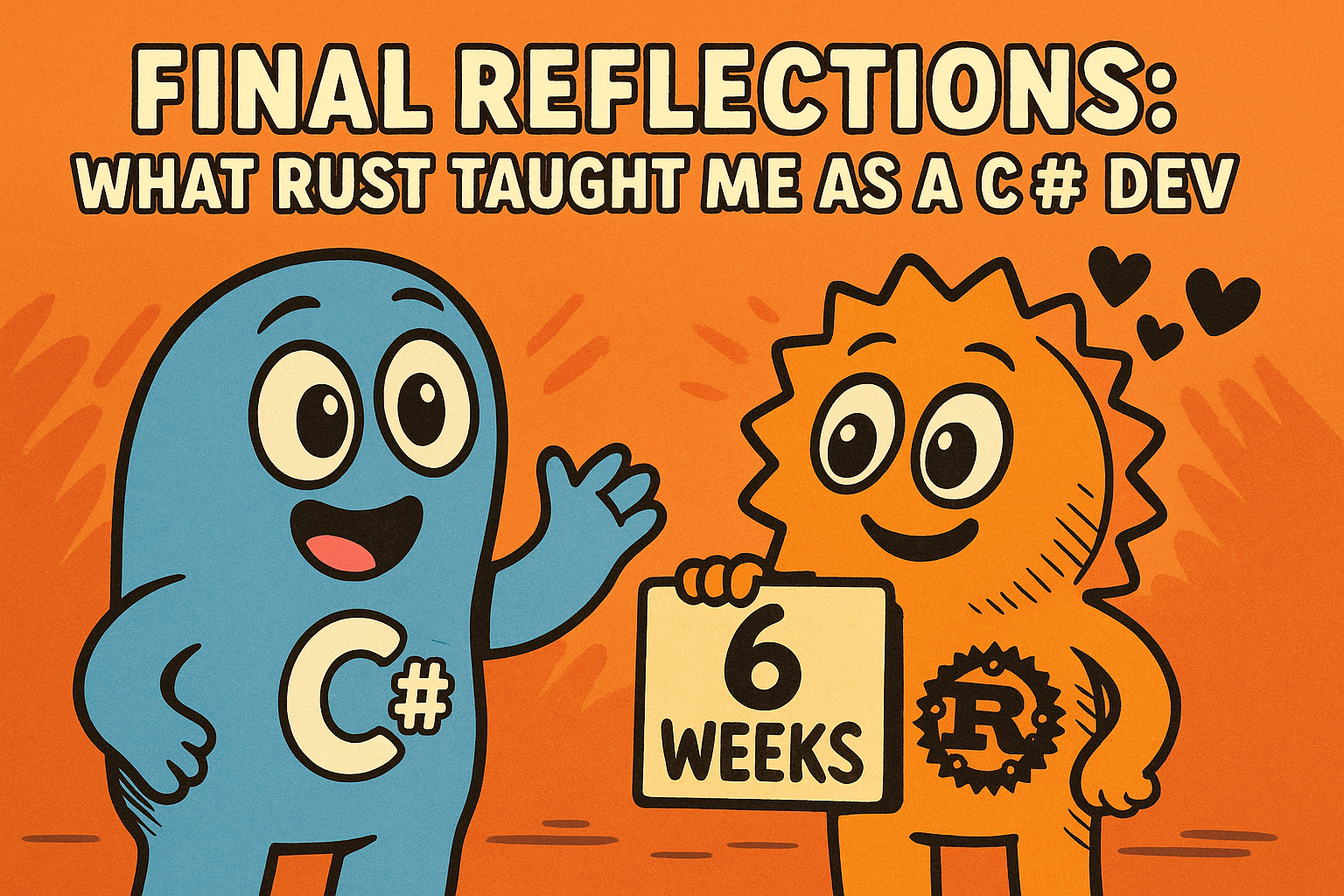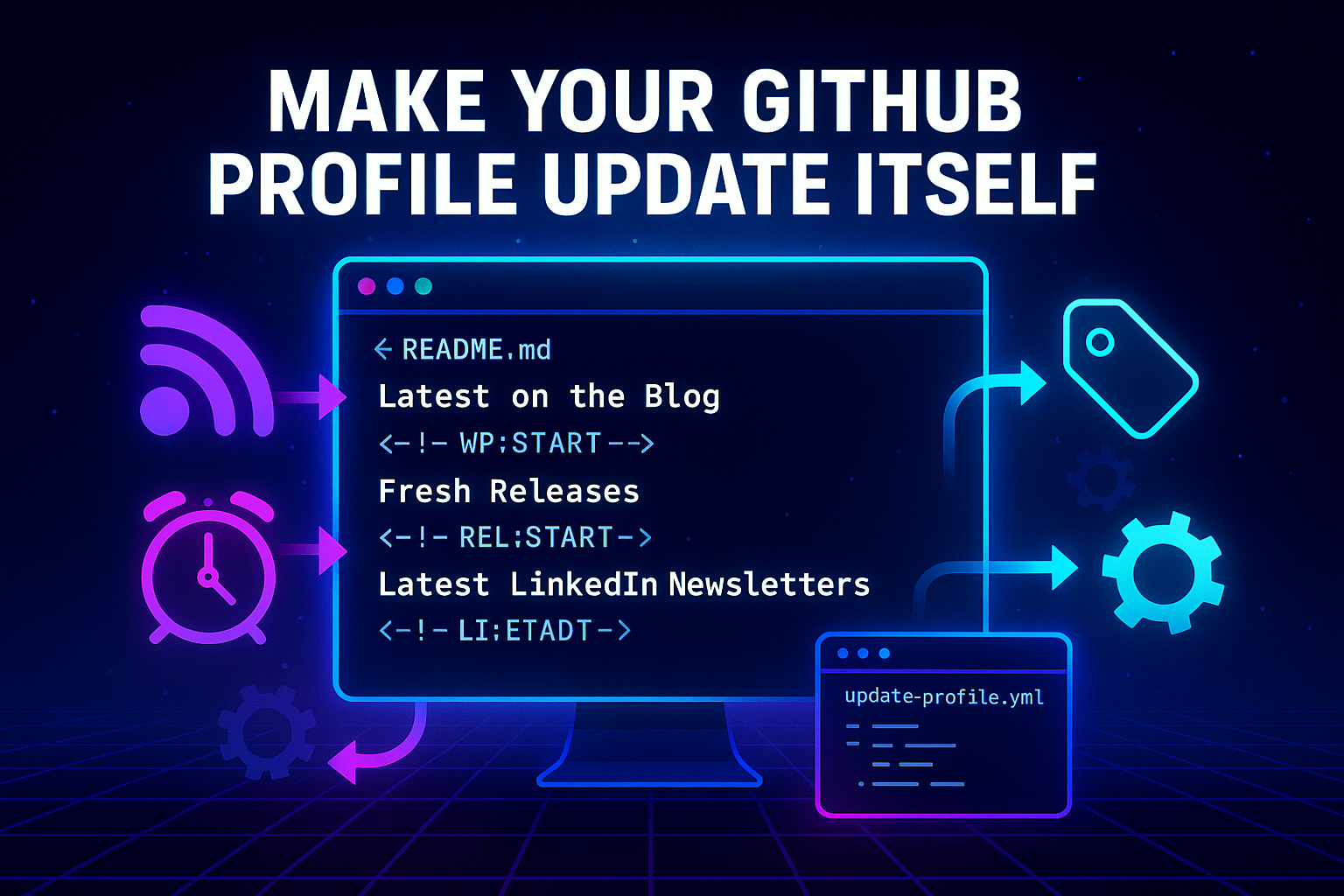
Error Handling and Graceful Shutdowns in Socket Programming
- Chris Woodruff
- January 14, 2025
- Network Book Sample
- .NET, Book, C#, dotnet, network, programming
- 0 Comments
NOTE – This post is an example from the book “Beyond Boundaries: Networking Programming with C# 12 and .NET 8”. For a deeper dive into socket programming and more networking concepts, visit https://csharp-networking.com/ or get your copy of the book on Leanpub.
Blog Posts in this Series
- Part 1: Demystifying Socket Programming: A Gateway to Networked Applications
- Part 2: The Backbone of Digital Communication: Understanding the Client-Server Model
- Part 3: Socket Types: Choosing the Right Tool for the Job
- Part 4: C# Socket Programming Essentials: Creating and Configuring Sockets
- Part 5: Building Bridges: Client-Side Socket Programming in Action
- Part 6: Handling Complexity: Server-Side Socket Programming Explained
- Part 7: Real-Time Communication: Effective Data Exchange with Sockets
- Part 8: Error Handling and Graceful Shutdowns in Socket Programming
- Part 9: Managing Client Sessions: Tracking and Personalizing Connections
In the world of socket programming, things don’t always go as planned. Networks are unpredictable, connections drop, and unexpected errors can throw a wrench in the smooth operation of your application. But here’s the good news: with robust error handling and graceful shutdowns, you can keep your application resilient and your users happy, even when things go sideways.
Let’s explore how to handle errors effectively and ensure your sockets say their goodbyes politely when it’s time to close.
Why Error Handling Matters
Imagine you’re on a phone call, and suddenly the line goes dead. You’d probably be annoyed, right? Now imagine if your app crashes because a socket operation failed—it’s just as frustrating for your users. Good error handling ensures your application doesn’t crash when something goes wrong; instead, it recovers gracefully, keeping the experience smooth and professional.
In socket programming, errors can happen for many reasons:
- The server is unavailable.
- The network connection is unstable.
- Data transmission takes too long (timeouts).
- A client disconnects unexpectedly.
Addressing these errors properly means your application remains functional and reliable.
Catching and Handling Errors
In C#, you can wrap your socket operations in try-catch blocks to catch exceptions and take appropriate action. For example:
try
{
clientSocket.Connect(serverEndpoint);
Console.WriteLine("Connected to the server.");
}
catch (SocketException ex)
{
Console.WriteLine($"Socket error: {ex.Message}");
}
catch (Exception ex)
{
Console.WriteLine($"Unexpected error: {ex.Message}");
}
This approach allows you to:
- Handle known issues, like network errors (SocketException).
- Capture unexpected problems (Exception) and log them for further investigation.
Pro tip: Always log errors with enough detail to debug the issue later, but avoid exposing sensitive information.
Timeouts: Avoiding the Endless Wait
Sometimes, a socket operation might hang indefinitely, waiting for data or a connection. Setting timeouts prevents your application from being stuck:
clientSocket.ReceiveTimeout = 5000; // 5 seconds for receiving data clientSocket.SendTimeout = 5000; // 5 seconds for sending data
If an operation exceeds the timeout, a SocketException is thrown, allowing you to handle the delay gracefully.
Graceful Shutdowns: Parting on Good Terms
When you’re done using a socket, it’s essential to close it properly. Abruptly terminating a connection can leave resources dangling and may even cause problems for the server or client.
Here’s how to shut down a socket the right way:
try
{
clientSocket.Shutdown(SocketShutdown.Both); // Stop both sending and receiving
clientSocket.Close(); // Release resources
Console.WriteLine("Connection closed gracefully.");
}
catch (SocketException ex)
{
Console.WriteLine($"Error during shutdown: {ex.Message}");
}
Why is this important? Proper shutdowns:
- Inform the other side that the connection is ending.
- Free up system resources tied to the socket.
- Prevent potential issues if the socket is reused or still active.
Anticipating Common Scenarios
A well-designed application doesn’t just handle errors when they occur—it anticipates them. Here are a few common scenarios and how to prepare for them:
- Server Unavailability
If the server is down or unreachable, handle the connection failure without crashing:
try
{
clientSocket.Connect(serverEndpoint);
}
catch (SocketException)
{
Console.WriteLine("Unable to connect to the server. Please try again later.");
}
- Client Disconnects Mid-Session
Be ready for a client to disconnect unexpectedly. Monitor the Receive method’s return value:
int bytesRead = clientSocket.Receive(buffer);
if (bytesRead == 0)
{
Console.WriteLine("Client disconnected.");
clientSocket.Close();
}
- Data Transmission Errors
If sending data fails, log the issue and notify the user without disrupting the entire application:
try
{
clientSocket.Send(data);
}
catch (SocketException ex)
{
Console.WriteLine($"Failed to send data: {ex.Message}");
}
Building Resilient Applications
Error handling and graceful shutdowns are not just technical niceties—they’re essential for creating applications that users trust and enjoy. By anticipating potential issues and responding to them effectively, you show users that you’ve thought of everything, even when things go wrong.
Remember, it’s not about avoiding every error (that’s impossible); it’s about handling them with professionalism and care. Whether it’s a dropped connection or a temporary server outage, your app can shine by staying stable, responsive, and user-friendly.
With these practices, you’re well on your way to mastering the art of socket programming. In the next topic, we’ll dive into managing client sessions and maintaining scalability in a multi-client environment. Stay tuned—your journey into networking excellence is just getting started.





